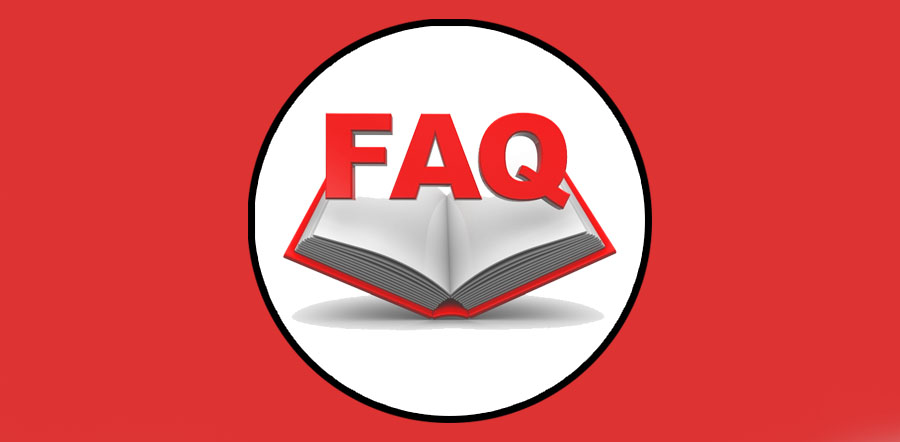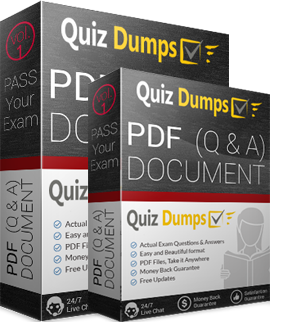CQE
Guaranteed Success in CQE Exam
Are you looking for real CQE exam questions ? You’re in the right place!
Pass your ASQ CQE exam with the latest QuizDumps PDF Questions & Answers.
QuizDumps offers authentic, updated, and expert-verified CQE braindumps.
Want top scores? Start your prep now with QuizDumps study material.
1: Download Q&A PDF
Buy & Download 100% real, updated and verified exam questions and answers tested and prepared by ASQ experts to pass CQE exam.
2: Prepare
Prepare for CQE with 100% confidence using QuizDumps's CQE exam dumps PDF or CQE practice exam.
3: Pass Your Exam
QuizDumps's CQE exam kit prepares you to confidently ace all CQE questions and pass on your first attempt with top scores.
Comments
Main points of ASQ CQE Test
The ASQ Certified Quality Engineer (CQE) exam covers a broad range of quality management principles and practices. Here are the main subject areas and key points within each:
I. Management and Leadership:
- Quality Management Systems (QMS): Understanding and applying ISO 9001 principles, including planning, implementation, monitoring, and improvement of QMS. Emphasis on PDCA (Plan-Do-Check-Act) cycle.
- Leadership and Teams: Developing and leading quality improvement teams, fostering communication and collaboration, managing conflict, and understanding leadership styles. Knowledge of different team structures and dynamics is crucial.
- Strategic Quality Planning: Aligning quality goals with organizational strategy, setting quality objectives, and deploying these across the organization. Understanding the relationship between quality and business success.
- Change Management: Implementing and managing changes effectively within a quality system, addressing resistance to change, and ensuring successful transition.
- Risk Management: Understanding and applying risk-based thinking, identifying potential risks and opportunities, and implementing mitigation plans.
- Continuous Improvement: Implementing methodologies like Lean, Six Sigma, and Kaizen to drive continuous improvement and waste reduction. Understanding tools like Value Stream Mapping and Kaizen Events.
II. Quality Engineering Tools and Techniques:
- Statistical Process Control (SPC): Understanding different control charts (X-bar and R, X-bar and s, p, np, c, u), interpreting control chart patterns, process capability analysis (Cp, Cpk, Pp, Ppk), and using SPC to monitor and improve processes.
- Design of Experiments (DOE): Understanding the principles of DOE, including factorial designs, fractional factorial designs, and response surface methodology. Using DOE to optimize processes and products.
- Measurement Systems Analysis (MSA): Evaluating the accuracy, precision, and bias of measurement systems, using techniques like Gage R&R studies. Understanding the impact of measurement error on process improvement.
- Reliability Engineering: Understanding reliability concepts like MTBF (Mean Time Between Failures), MTTF (Mean Time To Failure), failure rate, and reliability modeling. Applying reliability methods to improve product and process reliability.
- Failure Mode and Effects Analysis (FMEA): Conducting FMEAs to identify potential failure modes, their effects, and severity, and implementing corrective actions.
- Root Cause Analysis (RCA): Identifying the root causes of problems using tools such as Fishbone diagrams (Ishikawa diagrams), 5 Whys, and fault tree analysis.
III. Quality Assurance and Quality Control:
- Quality Audits: Planning, conducting, and reporting on internal and external audits, understanding audit types (first-party, second-party, third-party).
- Supplier Quality Management: Selecting, evaluating, and managing suppliers, using techniques such as supplier rating and performance monitoring.
- Process Improvement Methodologies: Lean, Six Sigma, Kaizen, and other methodologies for reducing waste and improving efficiency. Deep understanding of DMAIC (Define, Measure, Analyze, Improve, Control).
- Corrective and Preventive Actions (CAPA): Investigating and resolving quality issues, implementing corrective actions to prevent recurrence, and developing preventive actions to avoid future problems.
- Quality Documentation: Creating and managing quality documentation and records, including procedures, work instructions, and quality records.
IV. Other Important Areas:
- Legal and Regulatory Requirements: Understanding relevant quality standards and regulations applicable to the industry.
- Project Management: Applying project management principles to quality improvement projects.
- Communication & Interpersonal Skills: Effective communication is critical for influencing stakeholders and leading improvement initiatives.
The exam emphasizes application of knowledge; you need to be able to solve problems and make decisions based on your understanding of these concepts. Studying past exams, using practice questions, and understanding real-world applications are critical for success. Remember to focus on the interactions between these different areas; many problems require integrating knowledge from multiple subject areas.
| Exam Code | Certifications | Questions | Comments | Reviews |
|---|---|---|---|---|
| CSSGB Dumps | ASQ Six Sigma Green Belt | 200 Questions | 18 | 6 |
| CQA Dumps | Certified Quality Auditor | 103 Questions | 5 | 4 |
| CMQ-OE Dumps | Certified Quality Engineer | 348 Questions | 3 | 0 |
| CQE Dumps | Certified Quality Engineer | 175 Questions | 0 | 0 |
| CSSBB Dumps | Six Sigma Black Belt | 230 Questions | 0 | 0 |
| CCQM Dumps | Construction Quality Manager | 165 Questions | 0 | 0 |
| CSQE Dumps | CQE | 175 Questions | 0 | 0 |
| CQIA Dumps | Certified Quality Engineer | 41 Questions | 0 | 0 |
Why PDF Format?
Our PDF format offers seamless portability across multiple devices, allowing you to study anytime, anywhere. For a more immersive preparation, our Practice Test software replicates the real exam environment. With various testing modes and advanced self-assessment features, our practice exams stand out as the best in the industry.
Is This User Friendly & Easily Accessible on Mobile Devices?
We are committed to delivering precise Quality Engineer Exam questions and answers, accompanied by detailed explanations. At QuizDumps, we value your time and investment, ensuring that every question and answer is thoroughly verified by ASQ experts. Our team consists of highly qualified professionals with years of hands-on experience in the field, guaranteeing reliable and up-to-date exam preparation.
Are All Materials Verified by Experts?
QuizDumps is a trusted name in certification exam preparation, offering [Authentic, Updated, and Real] CQE Dumps, carefully crafted and verified by IT professionals. If you want to achieve top scores, kickstart your preparation today with our comprehensive CQE dumps PDF.
What is Our Commitment !
At QuizDumps, we are committed to helping professionals pass their certification exams in the shortest time possible. Our goal is to provide top-quality study materials and exceptional customer support. We continuously enhance our ASQ CQE exam preparation resources by updating question banks, adding new features, and promptly addressing any reported issues.

